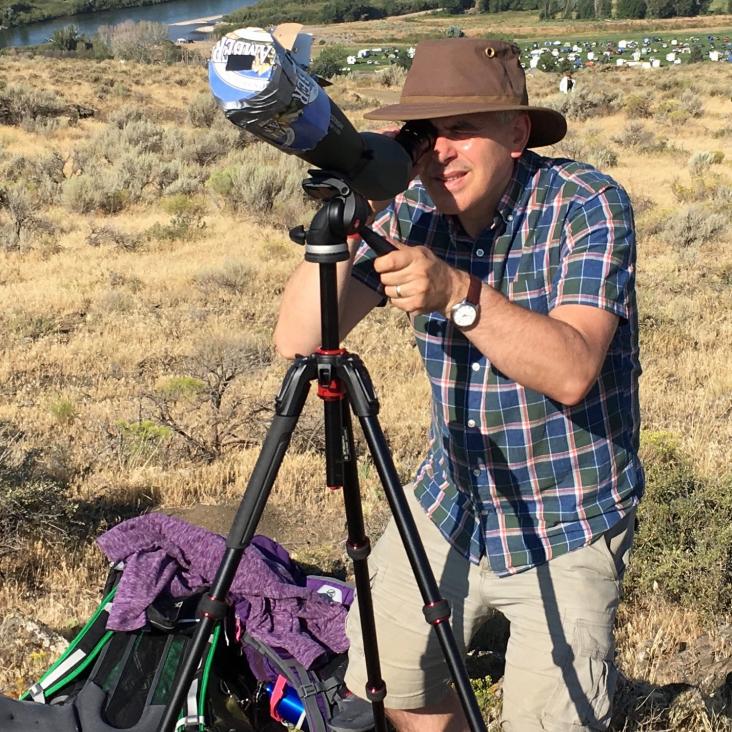The C-Band All-Sky Survey (C-BASS): design and implementation of the northern receiver
Monthly Notices of the Royal Astronomical Society Oxford University Press (OUP) 438:3 (2014) 2426-2439
SKA synergy with microwave background studies
Chapter in , 9-13-June-2014 (2014)
Abstract:
The extremely high sensitivity and resolution of the Square Kilometre Array (SKA) will be useful for addressing a wide set of themes relevant for cosmology, in synergy with current and future cosmic microwave background (CMB) projects. Many of these themes also have a link with future optical-IR and X-ray observations. We discuss the scientific perspectives for these goals, the instrumental requirements and the observational and data analysis approaches, and identify several topics that are important for cosmology and astrophysics at different cosmic epochs.The cosmic dawn and epoch of reionization with the square kilometre array
Proceedings of Science 9-13-June-2014 (2014)
Abstract:
Concerted effort is currently ongoing to open up the Epoch of Reionization (z ∼15-6) for studies with IR and radio telescopes. Whereas IR detections have been made of sources (Lyman-a emitters, quasars and drop-outs) in this redshift regime in relatively small fields of view, no direct detection of neutral hydrogen, via the redshifted 21-cm line, has yet been established. Such a direct detection is expected in the coming years, with ongoing surveys, and could open up the entire universe from z ∼6-200 for astrophysical and cosmological studies, opening not only the Epoch of Reionization, but also its preceding Cosmic Dawn (z ∼30-15) and possibly even the later phases of the Dark Ages (z ∼200-30). All currently ongoing experiments attempt statistical detections of the 21-cm signal during the Epoch of Reionization, with limited signal-to-noise. Direct imaging, except maybe on the largest (degree) scales at lower redshifts, as well as higher redshifts will remain out of reach. The Square Kilometre Array (SKA) will revolutionize the field, allowing direct imaging of neutral hydrogen from scales of arc-minutes to degrees over most of the redshift range z ∼6-28 with SKA1-LOW, and possibly even higher redshifts with the SKA2-LOW. In this SKA will be unique, and in parallel provide enormous potential of synergy with other upcoming facilities (e.g. JWST). In this chapter we summarize the physics of 21-cm emission, the different phases the universe is thought to go through, and the observables that the SKA can probe, referring where needed to detailed chapters in this volume. This is done within the framework of the current SKA1 baseline design and a nominal CD/EoR straw-man survey, consisting of a shallow, medium-deep and deep survey, the latter probing down to ∼1mK brightness temperature on arc-minute scales at the end of reionization. Possible minor modifications to the design of SKA1 and the upgrade to SKA2 are discussed, in addition to science that could be done already during roll-out when SKA1 still has limited capabilities and/or core collecting area.Increased SKA-Low Science Capability through Extended Frequency Coverage
SKA Organisation (2013) 149
Optimal partitioning of SKA-Low Antenna Elements
SKA Orgainisation (2013) 150


